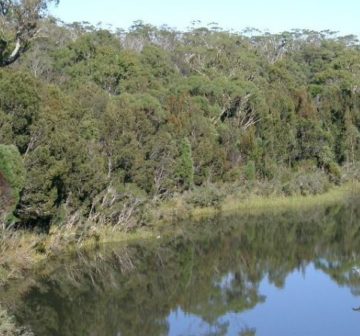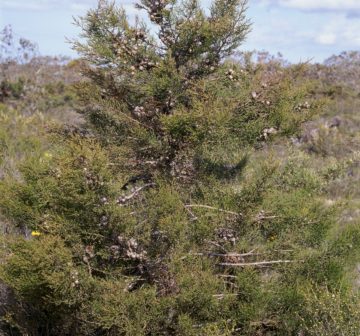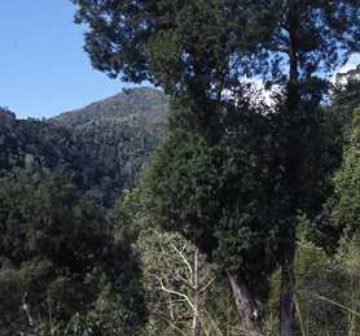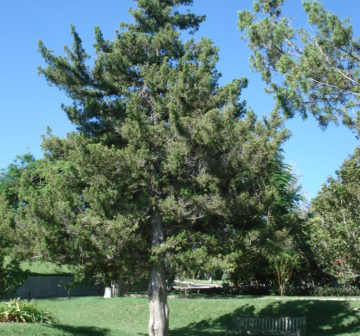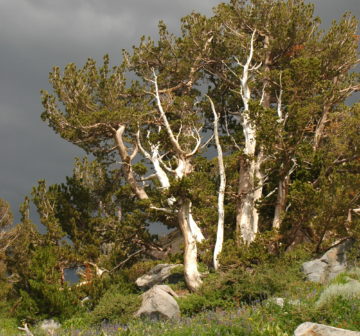Tennessee, Clingmans Dome
© D.LuscombeCategories · Threats
Introduced pests or diseases
The increase in global trade has assisted the translocation of insects and fungi which threatens natural (and cultivated) forest health and biodiversity worldwide. There has been a notable recent increase in the spread of these invasive plant pathogens.
An example of the devastation caused include the hemlock woolly adelgid (Adelges tsugae) which was introduced in the 1950s to Virginia on nursery stock and is responsible for destroying large forested areas of Tsuga caroliniana. More devastating has been the Balsam woolly adelgid (Adelges piceae) which has caused the death of millions of trees of Abies fraseri in eastern USA. The extinction of Torreya taxifolia within its natural range is thought to be inevitable which is partially due to fungal pathogens. In some cases climate change has influenced the increase of the threat by making climates more hospitable to exotic pests and diseases. For example In the Turks and Caicos Islands an epidemic of an accidentally introduced exotic scale insect (Toumeyella parvicornis) has in recent years led to a 90% loss of the three subpopulations of Pinus caribaea var. bahamensis on these islands.
There are 34 taxa in the category – Invasive species, Introduced pests or diseases:
< Previous page · Page 2 of 4 pages · next page >
Download full list of taxa in this category as CSV
< Previous page · Page 2 of 4 pages · next page >
